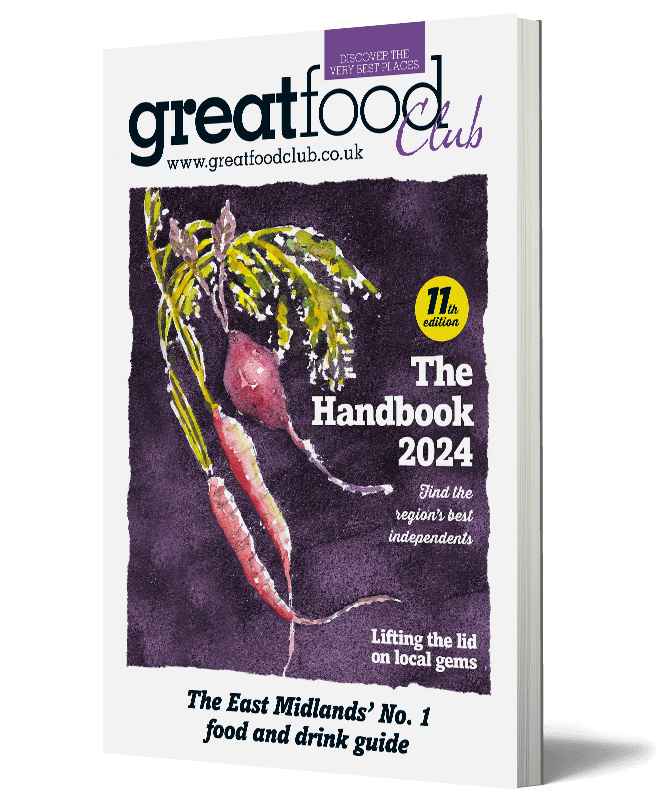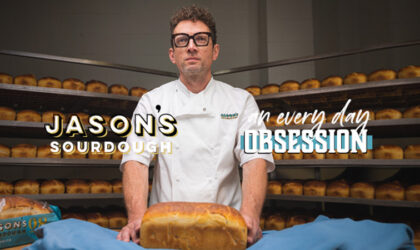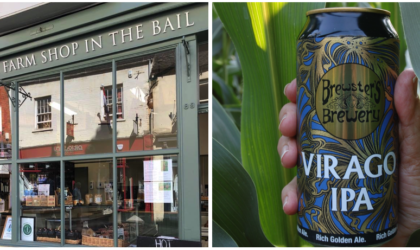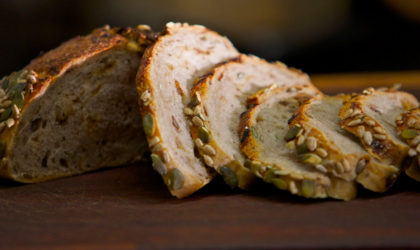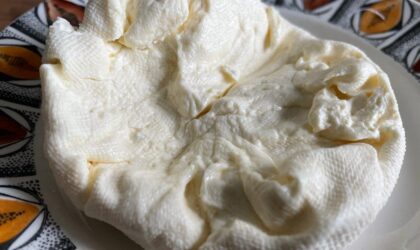The difference between real bread and its factory rival
By Tim Hart, owner, Hambleton Bakery
The age of supermarket retail has brought many benefits – convenient car parks, one-stop shopping and low prices to name three. But some products don’t fit the ideal of fully-stocked aisles, with everything available 24/7.
British bread production has been industrialised to combine large, remote centres of production, plastic-wrapped loaves with a long shelf life, and an automated industrial baking process. The end result has a soft, pappy texture and little flavour unless made with seeds, cheese, onions, olives, or other additions.

For many if not most consumers, this is the only bread they know. However, a growing number are tasting the bread made by smaller artisan bakeries using traditional recipes sold fresh for a local market.
But what’s the difference?
Ingredients
The first difference is the ingredients. The industrial loaf needs preservatives to meet the shelf-life demanded by remote supermarkets. To fit the industrial process it will generally contain soya flour, a number of enzymes and other additives to adapt the dough to suit the production machinery.
Artisan bread needs only four ingredients: flour, water, salt and yeast. The best flour comes from the tastiest wheat varieties, grown on organic principles and ground using real millstones. The grinding matters not because the stones are traditional or picturesque but because stone-ground flour retains the minerals and vitamins contained in the wheat germ. These are rejected in the industrial roller milling process. The yeast element is important too.


The process
Traditionally, bakers used a homegrown yeast culture, which is what we call “sourdough”. This type of yeast requires long fermentation times – typically 12-24 hours – compared to as little as one hour for industrial bread. We believe that long fermentations produce a loaf that is :
- Easier to digest
- More nutritious
- Tastier
It is also quite different in texture and appearance from your average supermarket loaf.
Even if your favourite loaf is made using ‘Bakers’ Yeast’ rather than a sourdough starter, a long fermentation (and a small yeast dose) will deliver many of the above benefits.

How can I tell the difference?
Since fresh bread is not well-adapted to national supermarket distribution, there is much to be said for hunting down a good local baker who sells his or her bread on the same day it is baked.
The ‘prod test’
The kind of bread I admire responds well to the ‘prod test’. Slice the bread and prod the middle of the slice with your finger. Good bread bounces back. Bad bread remains compressed like dough or chewing gum. Good bread is chewy but not dry, with a strong elastic crumb. The gloopy texture of bad bread encourages swallowing without chewing and chewing is a vital element in the digestion of bread, giving the digestive enzymes in saliva an opportunity to process it before it reaches the stomach.
Lastly, good bread – eaten reverently with cheese, soup, jam or on its own – is sustaining. It leaves you feeling content but not bloated, and full of energy for many hours.
Tim Hart is the owner of Hambleton Bakery with shops in Exton, Oakham, Stamford, Market Harborough, Oundle and West Bridgford. Hambleton bread is also available from more than 100 wholesalers in the region.





